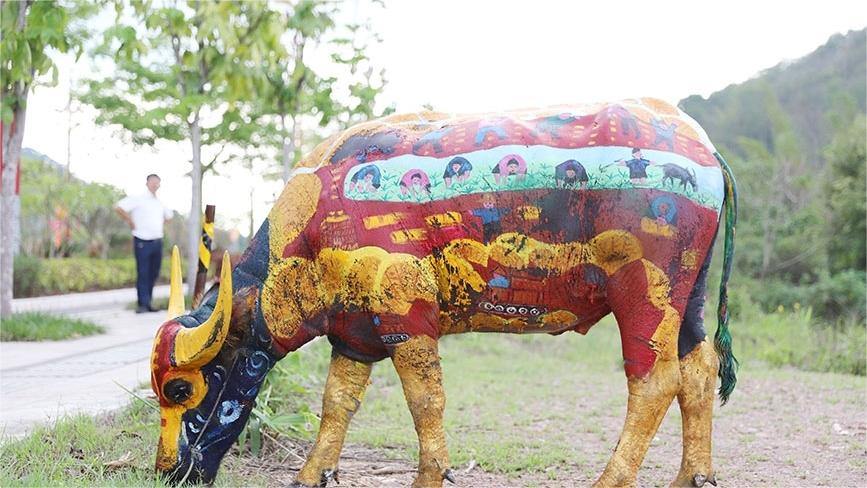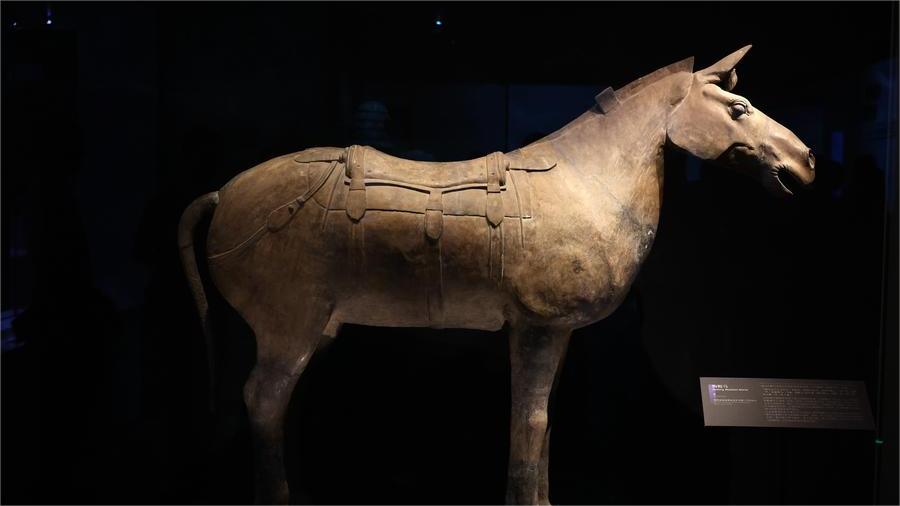Tourist trains gather steam amid China's tourism boom
GUIYANG, May 20 (Xinhua) -- At 69, Zhu Guichu loves sightseeing but is not fond of air travel. So in planning his recent eight-day trip to Laos, the retiree from China's Guizhou Province opted for a tourist train.
On March 8, Zhu joined a 200-member tour group to visit the Southeast Asian nation. A "panda train" took them to the border area of Yunnan Province, where they transferred to the China-Laos Railway to continue their tour through Laos.
"I like traveling by train as it is safe and reliable, and you won't feel too tired because all the destinations are near the rail stations," said Zhu.
The panda-themed train Zhu boarded is converted from a "green train," the slower predecessor of high-speed bullet trains. Apart from decorating carriages with panda images, the train features hotel-style compartments, bars for drinking, karaoke rooms and other entertainment facilities to compensate for its slower speed.
"The trains have been turned into moving starred hotels," said Chen Xuan, a manager of the "panda train's" operating company. "Instead of merely being a transportation method, the train is the highlight of the travel experience."
Since being launched in 2021, a total of 79 "panda trains" have carried over 20,000 people to scenic hotspots in Chinese provinces and autonomous regions including Xinjiang, Gansu and Sichuan.
China boasts a sprawling railway network, with an operating mileage of 159,000 km at the end of 2023, paving the way for the rise of tourist trains as a fashionable new way of traveling across the country.
A tourist train acts as both a coach and a hotel, transporting tourists between scenic spots along the rail route while offering accommodation, catering and entertainment. It is one of the new travel modes that have gained prominence as the country's tourism market picks up momentum.
Earlier this month, Xinjiang in northwest China restarted a popular tourist train called the "Tianshan Express," which travels along a scenic rail route dotted with snowy mountains, deserts and lakes. Similar trains have also been launched to cross prairies in the Inner Mongolia Autonomous Region and to travel along a historic rail route in east China's Shandong Province.
As such trains are often converted from green trains to utilizes their nostalgic flavor, they have been credited for giving the idle trains a second life during the era of high-speed railways. Experts also praise this travel mode for channeling more tourists to remote areas without airports.
"Tourist trains are also turning remote areas along rail lines into tourist boomtowns, thus boosting rural revitalization in their own way," said Cheng Tonglin, associate professor at Guizhou University's college of economics.
Photos
Related Stories
- Chinese tourists seek diverse experiences in small cities, towns
- China introduces 6,300 preferential measures to boost tourism: ministry
- Chinese youngsters embrace more diversified tourism options
- China eases int'l travel to meet outbound tourism demand
- Tourism boosts China's social, economic development
Copyright © 2024 People's Daily Online. All Rights Reserved.









